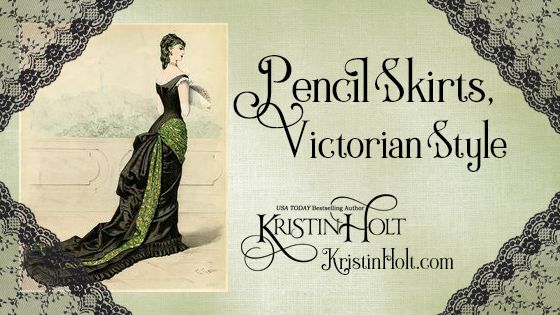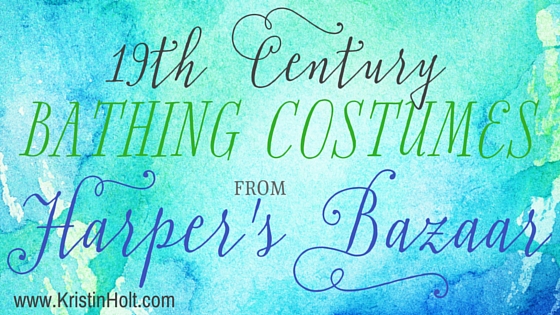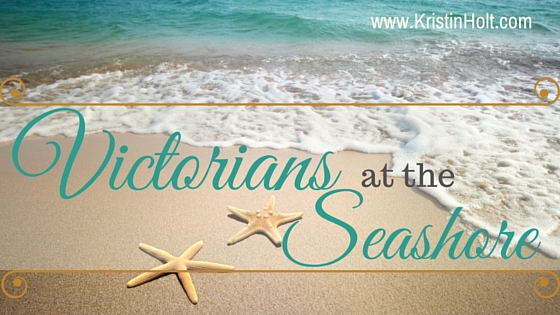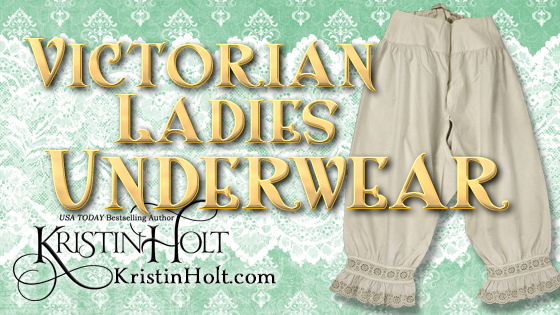
by Kristin Holt | Aug 14, 2016 | Articles
OBSERVATIONS: WIDTH OF A WOMAN’S SKIRT
The humor in a newspaper columnist’s observations taught me plenty about a man’s attitude regarding the width of women’s skirts, comparing the tight fit of the day’s fashions to the wrapping of a mummy or a soaked bathing suit clinging to the unfortunate woman’s form. He infers that the pursuit of fashion is so all-important that the wearers sacrifice comfort, modesty, safety, decency, the capacity to go anywhere by both carriage or the power of one’s own two feet. The Victorian humor in this brief piece published in 1875 is evident!

by Kristin Holt | Aug 11, 2016 | Articles
Harper’s Bazar (also spelled ‘Bazaar’, later on) is a Ladies Magazine founded in the Victorian Era. This article highlights bathing costumes (swimming suits) featured in Harper’s Bazar from the 1870s through early 1890s.

by Kristin Holt | Jul 21, 2016 | Articles
You’re likely familiar with Victorian-era “bathing costumes”–puffy dresses with pantaloons that still leave much to the imagination, thereby protecting the Victorian sense of propriety and decency. Inside this article, I share images of men’s bathing suits, attitudes (about bathing suits) expressed in United States newspapers of the day, and informative glimpses into a man’s view of a woman’s reasons for bathing in the sea before an audience…or not. A romantic tragedy on Coney Island in 1875 illustrates the dangers of the Victorian’s passion with immersing themselves in the sea.

by Kristin Holt | May 24, 2016 | Articles
Throughout the 19th century, ladies undergarments remained quite similar. Drawers (or bloomers), yesteryear’s most related item to today’s panties, ranged from knee- to ankle-length, were constructed of various fabrics, and were held up by a button or drawstring, with an open crotch.
Item listings in vintage catalogs and magazines illustrate the standard items available via mail-order throughout the United States Victorian era.

by Kristin Holt | May 12, 2016 | Articles
Victorian-era Americans (both men and women) had ready access to commercially prepared human hair pieces. Women wore them to achieve the style of the day without cutting their hair or to achieve the fullness and length considered stylish and desirable when their own hair couldn’t grow to such amazing lengths. Mail-order catalogs of the period provided a wide variety of products, appealing to men and women alike, including products purported to restore gray hair to the color of youth.













